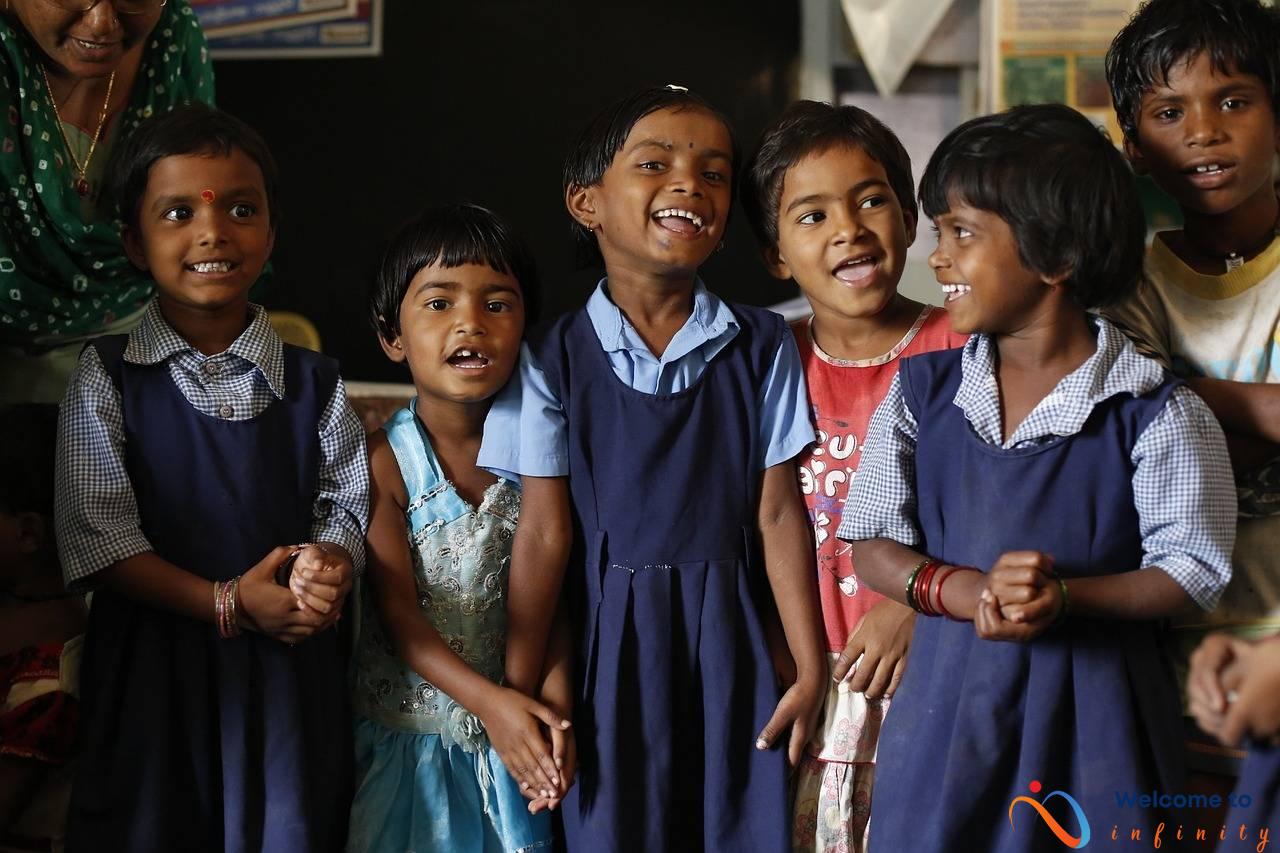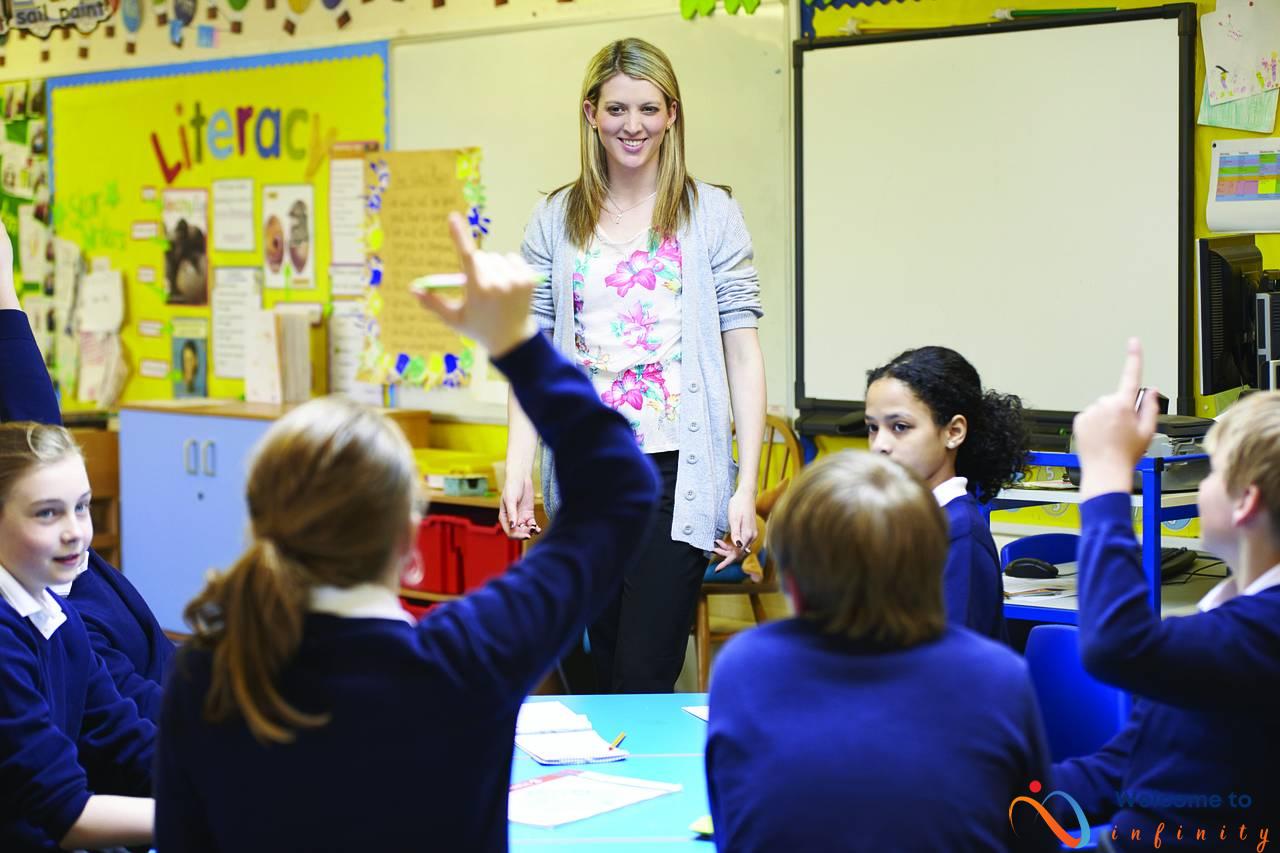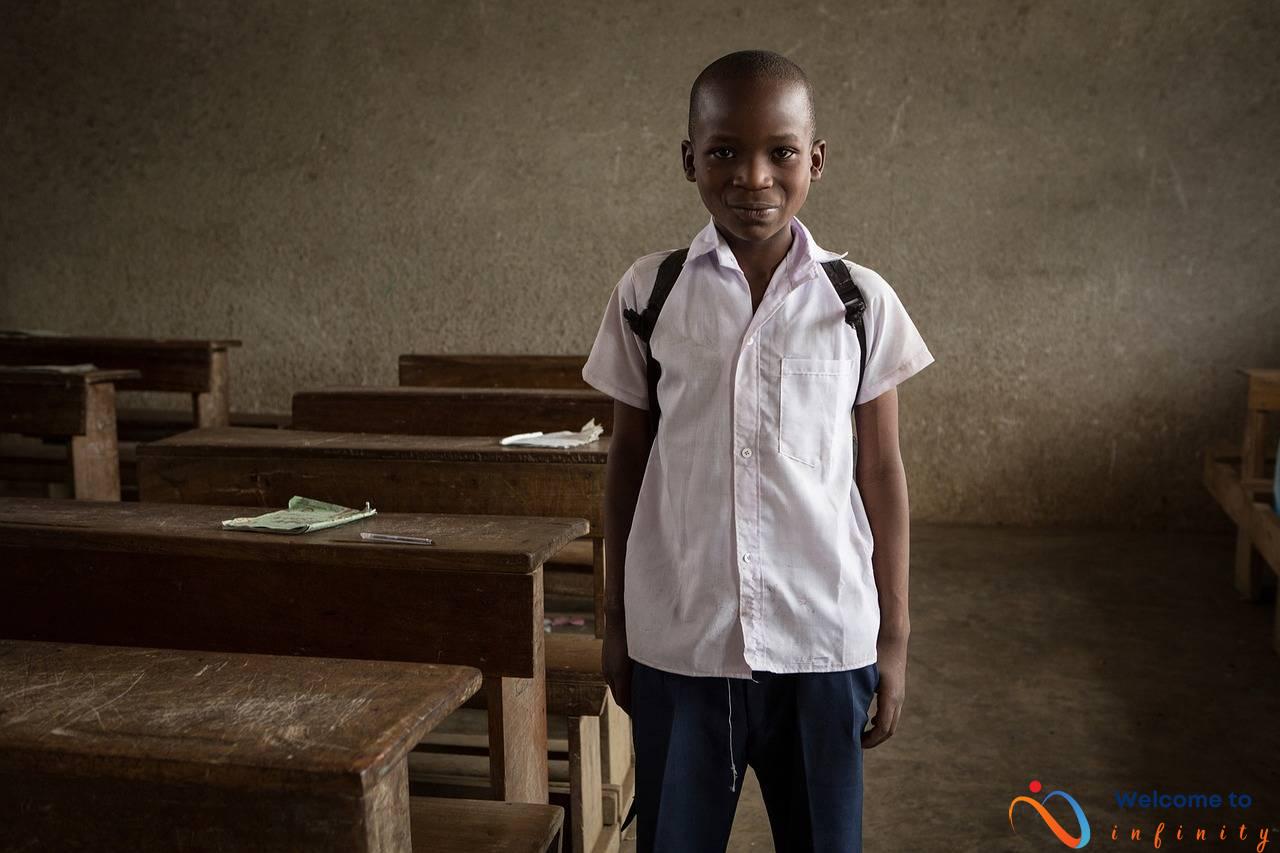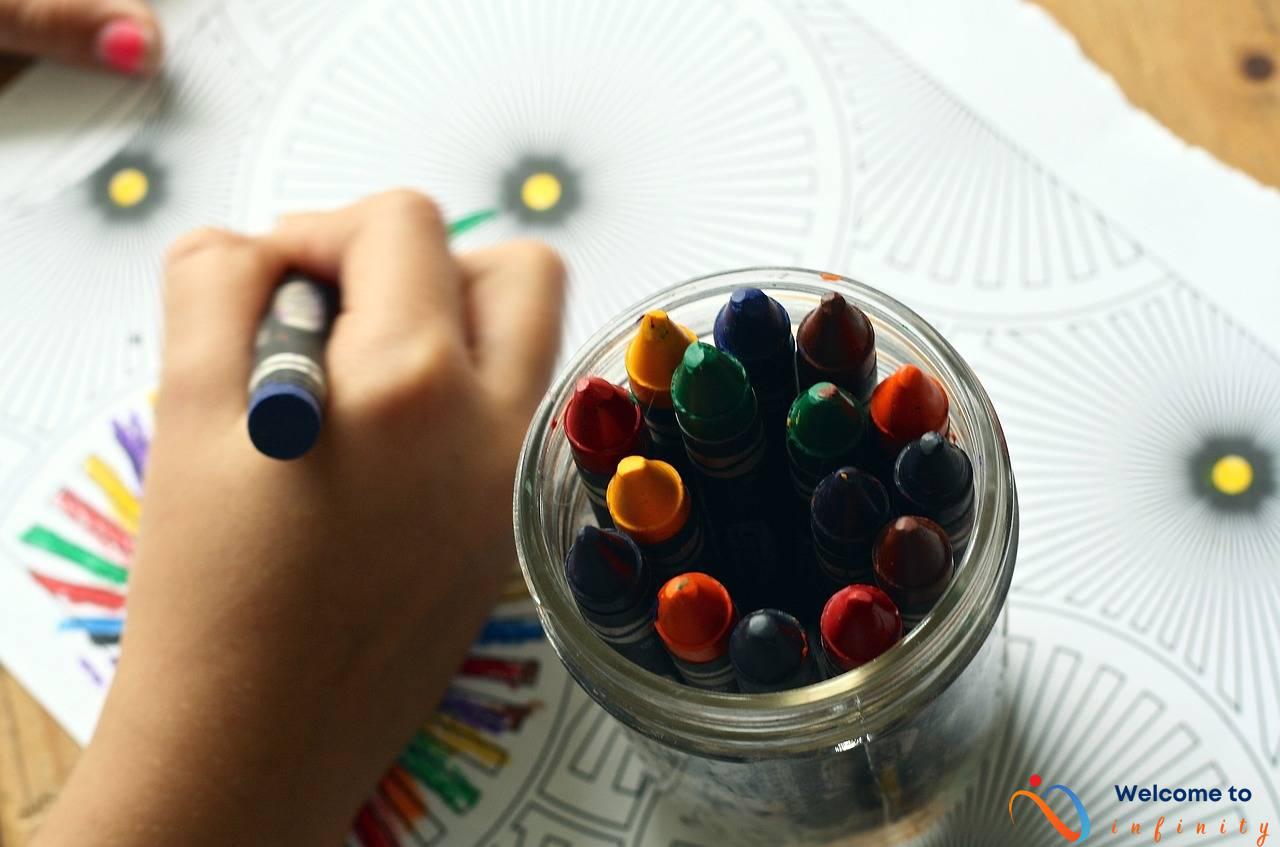Social media has had a huge influence on our daily lives, and it's now transforming the education sector. Its use is not just limited to socializing and entertainment; rather, it can be leveraged to enhance learning outcomes. This article takes a dive into the implications of social media on education, and how educators can capitalize on its power to advance the learning experiences of their students.
The emergence of social media in education has created space for collaborative learning environments, which foster engagement and personalized learning experiences. Students can interact with their peers and teachers effortlessly, engaging in online discussions, and debates. The incorporation of social media tools such as Twitter, Facebook, and YouTube, enable the creation of classroom discussions and the sharing of resources in real-time.
While social media presents numerous benefits in education, it comes with its fair share of challenges. Privacy and security concerns, cyberbullying, and over-dependence, are some of the challenges that educators need to mitigate. Students need to be aware of their privacy settings and the risks that come with over-sharing personal information. Teachers, therefore, have the duty of guiding their students on responsible social media use.
Educators should take this opportunity to promote safe social media practices, which include teaching good digital citizenship practices, setting clear guidelines for social media use, and monitoring social media activities. In conclusion, social media is revolutionizing education and providing new ways of learning. However, educators must recognize its potential challenges and strive to promote safe and responsible social media practices to avoid any negative impact.
Benefits of Social Media in Education
Social media has the potential to revolutionize how students learn. By providing a collaborative and engaging learning environment, it enhances student participation and involvement. Educators can use social media platforms to create interactive classrooms where students can ask questions, share resources, and brainstorm ideas.
Social media tools such as discussion boards, blogs, and wikis enable students to work together on group projects, share feedback, and engage in peer review. It eliminates the barriers of physical distance and time, allowing students to connect and collaborate on projects from anywhere in the world.
The personalized learning experiences that come with using social media in education cater to the individual needs of each student. Teachers can adapt the teaching style to match the learning preferences of each student, ensuring that they receive a quality education and maximize their academic potential.
Through the use of social media platforms, educators can track student progress, identify areas of weakness, and provide personalized feedback. This fosters a better understanding of each student's learning needs, enhancing their overall academic performance.
- Creates a collaborative learning environment
- Enhances student participation and involvement
- Enables personalized learning experiences
- Allows for peer review and feedback
- Tracks student progress and identifies areas of weakness
Social media in education also provides an opportunity for students to develop digital literacy skills. As they use social media platforms for educational purposes, they learn how to navigate through information, identify credible sources, and develop critical thinking skills.
The benefits of social media in education are immense, and educators must leverage the potential of social media to enhance learning outcomes and develop the next generation of learners.
Challenges of Social Media in Education
Social media, although beneficial in many ways, comes with several challenges, particularly in the education sector. Teachers and educators must ensure that students use social media responsibly and safely in their classrooms. The following are some of the challenges that educators must address:
Privacy and security are major concerns with social media. Educators must ensure that students are aware of their privacy settings on different social media platforms to maintain their safety online. They should also provide guidance on security measures to avoid identity theft, cyberbullying, and other online security issues that may affect their academic performances adversely.
Cyberbullying is a growing concern in the education sector, and it can negatively impact a student's mental health and academic performance. Educators should be on the lookout for any signs of cyberbullying or harassment among their students and take preventive measures against future occurrences.
The overdependence on social media can lead to distractions, which can negatively impact a student's academic performance. Teachers should guide students to strike a balance between social media use and academic pursuits. Educators must teach responsible use of social media to avoid any adverse effects on the students' learning outcomes.
In summary, while social media offers numerous benefits in education, it also comes with several challenges, including privacy and security concerns, cyberbullying, and distractions and overdependence. Teachers must ensure that students use social media responsibly and safely in their classrooms to enhance learning outcomes.
Privacy and Security Concerns
As social media usage increases in the education sector, privacy and security concerns arise. Educators should take appropriate measures to ensure that students are aware of their privacy settings on social media platforms to avoid identity theft, cyberbullying, and other online security issues that may affect their academic performances adversely.
Cyberbullying is a growing concern in the education sector, and it can harm students' mental health and academic performances. Educators should be on the lookout for any signs of cyberbullying or harassment among their students. They should also take preventive measures against future occurrences. It is important to teach students how to recognize and respond to cyberbullying incidents and take appropriate actions.
Additionally, educators must guide students on responsible social media use. They should teach students about their digital footprints and how their online activities may affect their future academic and professional pursuits. Educators should also take steps to monitor social media activity and set clear guidelines for appropriate behavior on social media platforms.
In conclusion, privacy and security concerns are important factors that educators must consider when using social media in the classroom. By promoting safe and responsible social media use, educators can ensure that students maximize the benefits of social media while avoiding any possible negative impact on their academic performances and mental health.
Cyberbullying and Harassment
The rise of social media in the education sector has brought a new set of challenges for educators and students alike. One of the significant issues is cyberbullying and harassment, which is a growing concern. Cyberbullying can result in serious mental health issues that can negatively impact academic performances. Students who are bullied online tend to underperform in their academics and may lose interest in school. Therefore, educators should always be on the lookout for any signs of cyberbullying or harassment among their students.
Preventive measures must be put in place to curtail cyberbullying and harassment in schools. Educators should create platforms for students to report any incidents of cyberbullying. They should also establish policies and guidelines for online behavior, emphasizing zero tolerance for any form of bullying or harassment. A set of predetermined consequential measures should be in place for any student who violates the policies.
Furthermore, educators should always educate students on the dangers of cyberbullying and how it can negatively impact their lives. School guidance counselors should be available to provide support and guidance to students who experience cyberbullying or harassment. They should also work with parents to create a safe online environment for students at home as well.
- Teachers should educate their students on responsible social media use.
- Create guidelines for online behavior and emphasize zero tolerance for bullying or harassment.
- Establish consequences for violating the school policies.
- School guidance counselors should provide support and guidance to students who experience cyberbullying or harassment.
Cyberbullying and harassment in schools is a menace that must be addressed to ensure that students can learn in a safe and friendly environment. Educators should always be on the lookout for any signs of bullying and take preventive measures against future occurrences. Students must also be educated on responsible social media use to avoid being victims or perpetrators of cyberbullying.
Distractions and Overdependence
Social media platforms are a great tool for students to stay connected with their peers and share their thoughts and experiences. However, overuse of social media can lead to distractions, affecting students' academic performances. Students tend to spend hours on social media, leading to a loss of focus on their studies.
To avoid overdependence on social media platforms, teachers must guide students to strike a balance between social media use and academic pursuits. One way is to encourage students to take social media breaks and allocate specific time slots for social media use. Teachers can also create guidelines for social media use in classrooms to encourage better use of time.
Moreover, educators should encourage students to prioritize their academic responsibilities by emphasizing the importance of maintaining a study routine. Teachers can also assign small tasks and projects for students to complete, allowing them to focus on their academics while still participating in social media activities.
Overall, if used wisely, social media can be a great tool for students to interact and learn from one another. Teachers must, however, be mindful of the distractions that social media can create and help students maintain focus by providing clear guidelines and encouraging good study habits.
Role of Educators in Promoting Safe and Responsible Social Media Use
Educators have a crucial role to play in promoting safe and responsible social media use among students. This necessitates teaching students good digital citizenship practices right from the beginning. Educators should teach students about privacy settings on social media platforms and the importance of not sharing confidential information, such as passwords and personal information.
Setting clear guidelines for social media use is also important to ensure students do not misuse social media platforms. Teachers should design policies that outline what is and isn't acceptable when it comes to using social media. They should also communicate the guidelines and enforce them effectively. This can help prevent future occurrences of cyberbullying, harassment, and other social media-related issues.
Monitoring social media activity can be a valuable tool for educators to identify potential problems before they escalate. This can be done by keeping an eye on the social media profiles of students and having regular one-on-one discussions about their social media activity. Schools may also consider having social media experts conduct workshops and training programs to help students better understand the intricacies of using social media responsibly.
Finally, educators must have an open line of communication with their students about social media use. They should encourage their students to share their social media experiences and discuss any problems or issues they may have encountered. This will make students feel more comfortable about reporting any issues they experience on social media, and educators can intervene and resolve issues quickly.
Social Media Tools for Education
Social media has become an important tool in education. It has changed the way we learn and interact with one another. In the current era, there are numerous social media platforms that can enhance educational activities. These platforms can be used to develop discussions, quizzes on different learning platforms, and create group discussions. In this section, we will discuss some of the social media tools that can be used in education to improve learning experiences.
Twitter has become one of the most popular social media platforms; it provides a way for educators and students to share resources and information in real-time. Twitter can also be used for classroom discussions, and real-time debates on various topics. As a social media platform, Twitter can also be used to communicate with thought leaders, participate in live chats, and share content with the wider education community.
Facebook is another popular social media platform that can be used in education to foster learning. Facebook offers educators the ability to create private groups where students can share and discuss information together. These groups enable educators to share updates, resources, and other educational content with their students in a controlled environment.
The use of video content in education has exploded in recent years, and YouTube is one of the most popular video-sharing platforms that educators use. YouTube can be used to create and share instructional videos that students can access from anywhere at any time. These instructional videos allow students to revisit lessons as needed, reinforce their learning processes, and understand topics more clearly.
- YouTube
Overall, social media can have a positive impact on education by providing educators and students with an easy way to share resources, collaborate, and engage with one another. As such, it is essential to incorporate these different social media platforms into the teaching and learning process to enhance student learning, promote discussion, and improve student engagement in classrooms.
Twitter has become an essential tool for educators and students to share information and resources in real-time. The platform is ideal for creating classroom discussions and real-time debate on various topics, allowing students to engage in collaborative learning with their peers and teachers outside the classroom.
Twitter enables educators to create hashtags that students can use to discuss specific topics, which helps streamline discussions and keep them focused. This feature makes it easier for teachers to monitor and guide classroom discussions, ensuring relevance to the course material.
Twitter also helps in the discovery of new resources that teachers and students can use to enhance their learning experiences. Through Twitter, educators can share information about educational resources and tools, such as online courses, research papers, and other related materials.
Moreover, Twitter is an excellent platform for teachers to share their experiences, teaching tips, and insights with their peers. It provides teachers with an opportunity to grow and learn from one another, ultimately benefiting their students.
In summary, Twitter is a powerful social media tool that enables educators and students to collaborate and share information in real-time. Its features, such as hashtags, facilitate discussions and streamline them, promoting learning outside the classroom.
Facebook is a popular social media platform that has also found its way into education, providing a useful tool for teachers looking to enhance learning outcomes. With Facebook groups, educators can create private groups where students can share information and engage in online discussions, creating a collaborative learning environment.
Facebook groups enable students to connect with their peers and share ideas and resources, promoting student engagement and participation. Teachers can initiate discussions on various topics related to the course material, and students can add their thoughtful inputs and ideas, leading to a more dynamic and interactive learning experience.
Furthermore, Facebook groups enable educators to provide feedback to their students, as well as recognize and address any learning gaps or misconceptions. Online discussions can be moderated to eliminate any inappropriate behavior or language, promoting responsible and respectful online communication.
In conclusion, Facebook groups can be an effective tool for educators looking to promote personalized and collaborative learning in classrooms. By creating a private and controlled space for students to interact and share ideas, teachers can leverage social media to enhance the learning experience of their students.
YouTube
YouTube is a multimedia platform that allows users to upload, share, and view video content. It has become popular among educators who use it to provide learning resources for students. It offers a wide range of features, including video editing tools and the ability to create playlists that are user-friendly for students.
Educators can use YouTube to create instructional videos, which can be used as supplementary materials for classroom lectures or as standalone materials for independent learning. Additionally, educators can use YouTube to upload recorded lectures, tutorials, and video podcasts. Students can access these videos at their convenience and use them to consolidate their understanding of certain concepts.
The beauty of YouTube is it is requires minimal technical skills to use, and it is a free platform. For educators who want to share videos with students, it is as simple as creating an account and uploading the content. Students can then access these materials by searching for the video or via direct links shared by the educators.
Another advantage of YouTube is its ability to promote learning beyond the classroom. With YouTube, students can access a wide range of educational content hosted by other educators or channels, allowing them to expand their knowledge base. Moreover, YouTube supports a vibrant learning community, with users able to comment on the videos and engage in collaborative learning.
YouTube has revolutionized learning by providing a platform for students to access and engage with educational content beyond the physical classroom. It caters to the different learning styles of students by offering visual, auditory and kinesthetic learning opportunities.
As a result, YouTube has enabled a personalized learning experience, making it possible for students to access tailored learning materials that cater to their individual needs.
Furthermore, YouTube has facilitated informal learning among students. They can now learn new skills or techniques, stay up to date with the latest developments and news about their subject areas, and interact with experts in their fields of interest.
Overall, YouTube has transformed the educational landscape by allowing educators to use technology to deliver personalized and self-directed instruction and students to learn at their pace and on their terms.
Conclusion
Revolutionizing education is possible with the integration of social media platforms. The benefits of incorporating social media into education, such as enabling personalized learning and creating a collaborative learning environment, are undeniable. However, social media also brings with it potential challenges that educators must recognize.
Privacy and security concerns, cyberbullying, and distractions are some of the issues associated with social media in education. To prevent adverse effects on academic performance, educators must promote safe and responsible social media use among students. It is necessary to educate them on digital citizenship practices and set clear guidelines for social media use, and monitor their social media activity.
Despite the potential challenges, social media tools like Twitter, Facebook, and YouTube provide new ways of learning and teaching. Educators can share instructional videos on YouTube and create private Facebook groups for students to engage in online discussions. Twitter is great for classroom discussions and real-time debates on various topics.
In conclusion, social media has the potential to revolutionize education. Its integration in classrooms can positively impact teaching methods and enhance learning outcomes. For this, educators must ensure safe social media use by addressing privacy and security concerns and promoting responsible social media practices.











